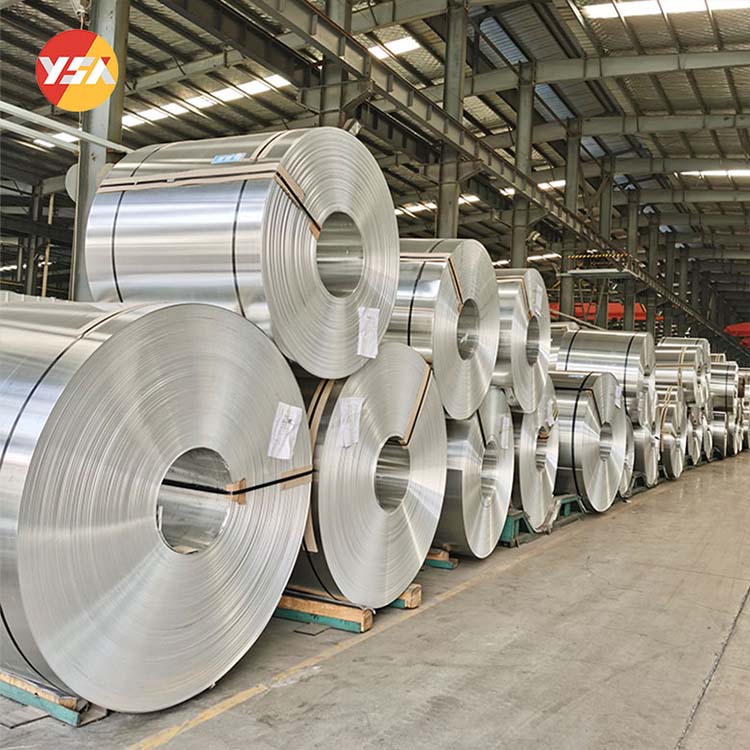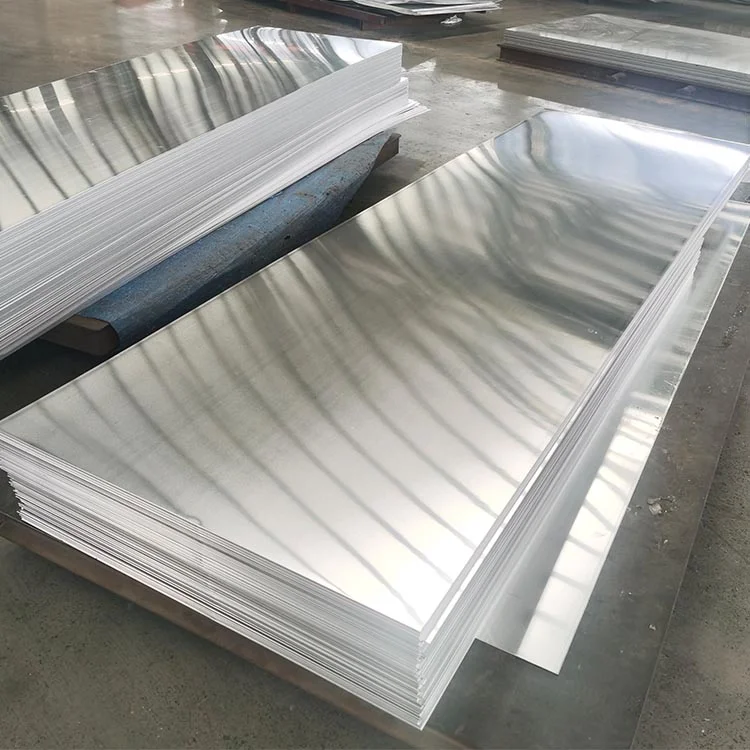How to Choose the Right Coated Aluminum Foil?
Coated aluminum foil, known for its excellent properties and wide range of applications, is highly valued across various industries. Selecting the appropriate coated aluminum foil requires careful consideration of multiple factors to ensure it meets specific application needs. Here are the key points to consider when choosing the right coated aluminum foil: Application Requirements First and foremost, the specific application should dictate the type and characteristics of the coated aluminum foil: Food Packaging: Requires high barrier properties and heat resistance to ensure food freshness and safety. Coated aluminum foil effectively blocks oxygen, moisture, and other gases to prevent food spoilage. Pharmaceutical Packaging: Needs high barrier properties and corrosion resistance to …


